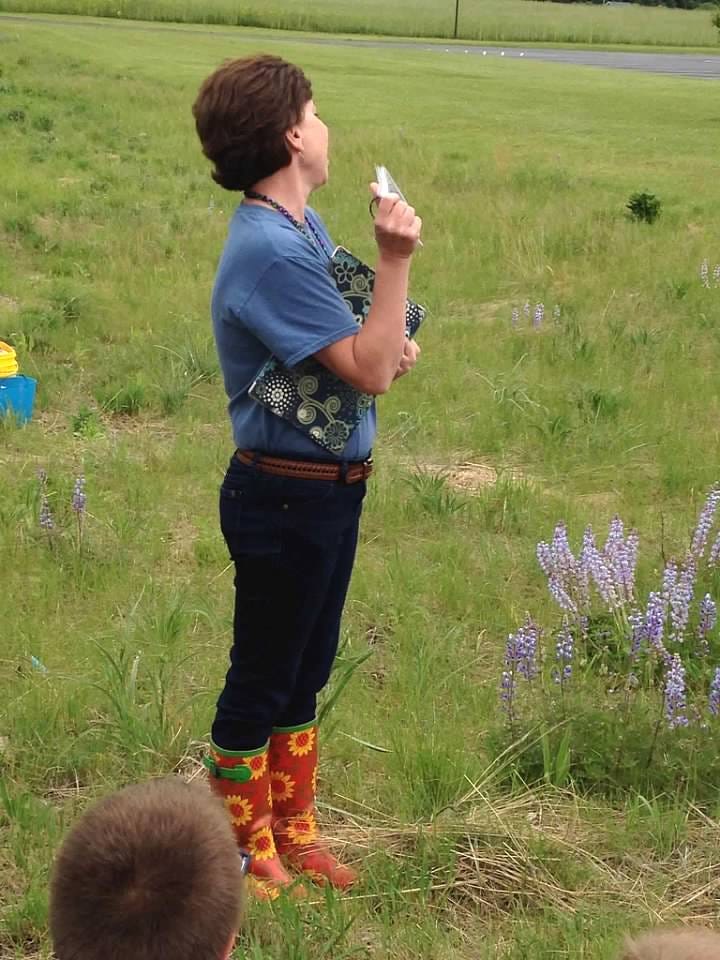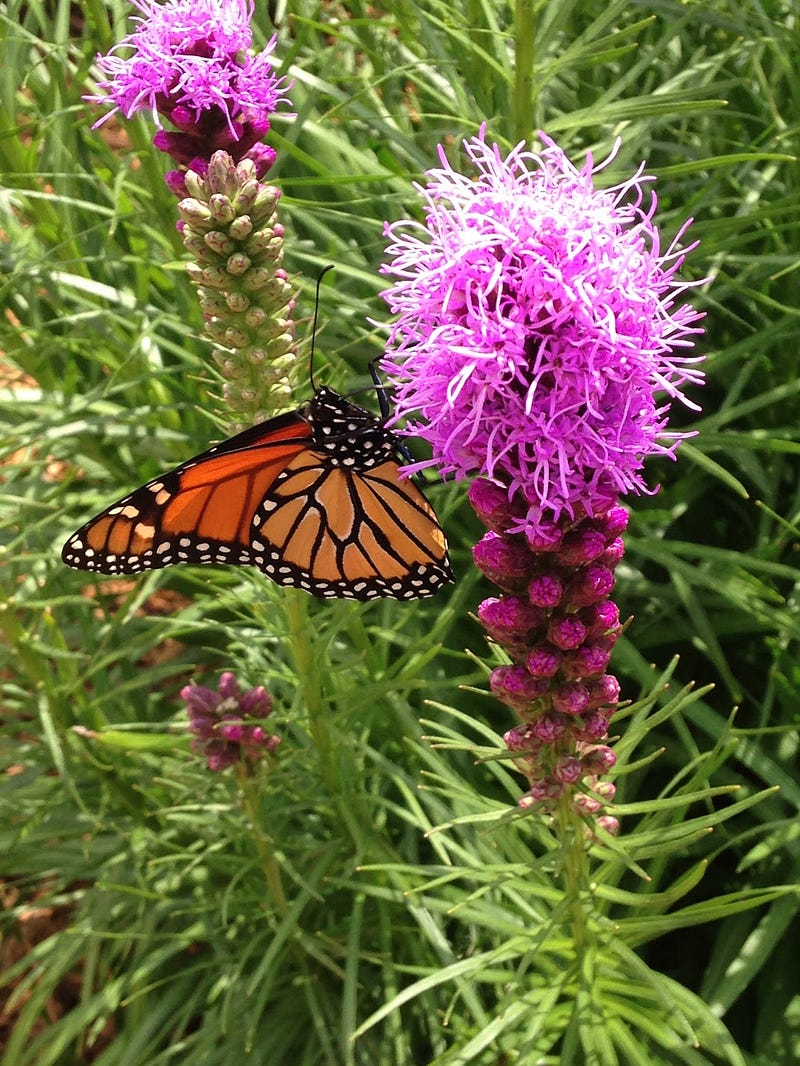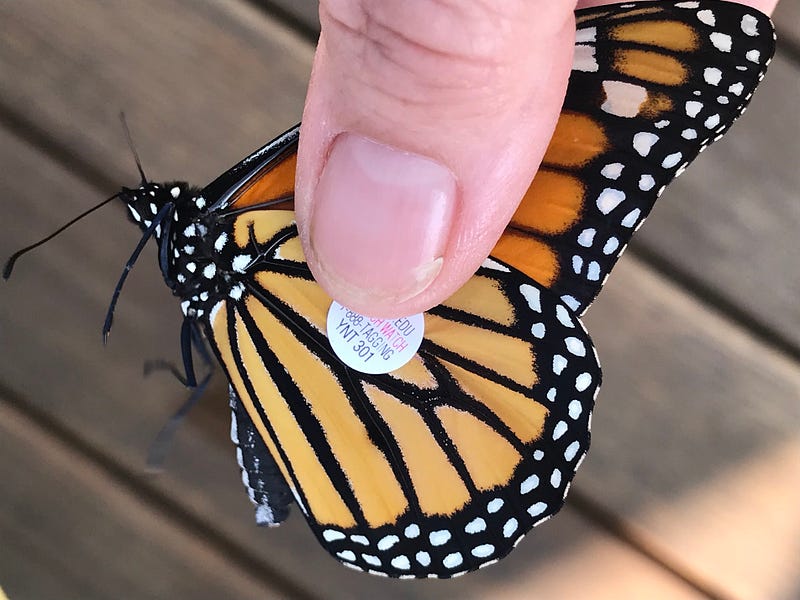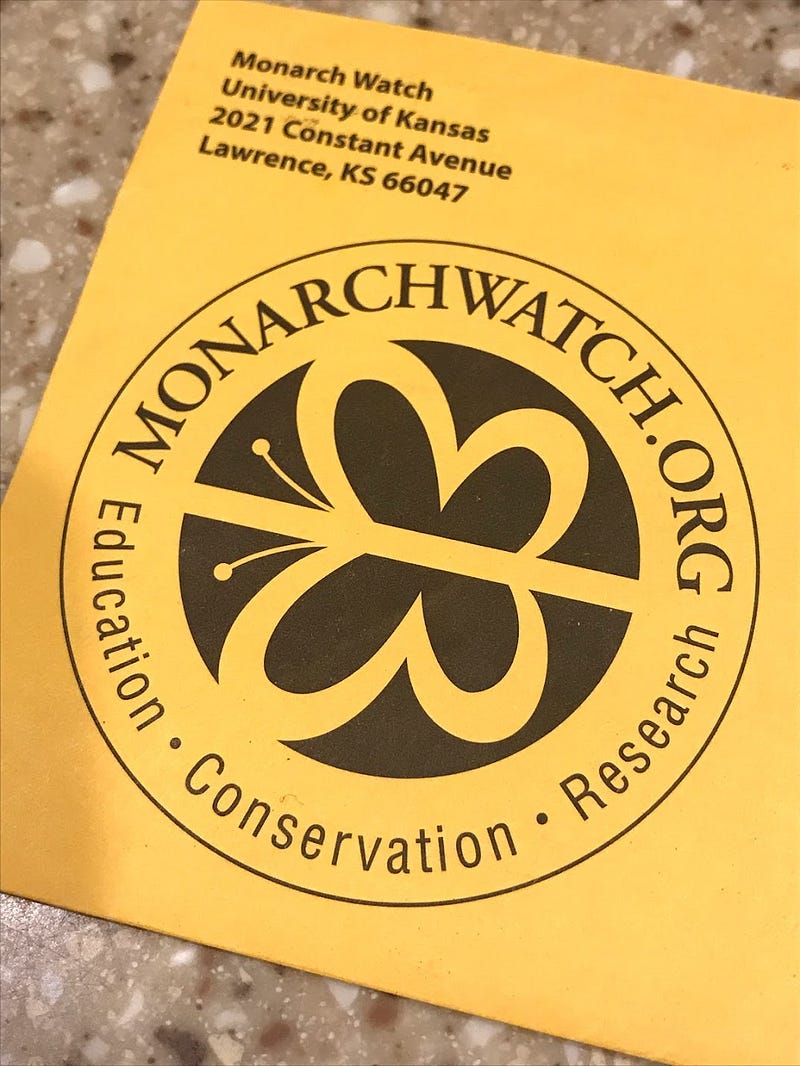The Enduring Journey of Monarch Butterflies: A Personal Reflection
Written on
Chapter 1: A Lifelong Commitment to Monarch Conservation
Despite my initial intention not to raise any monarchs this year, I found myself unable to resist.

For over two decades, I have dedicated my life to the conservation of monarch butterflies. Long before the recent surge in efforts to protect this beloved species, I was actively educating my community about these remarkable insects. My lessons reached a diverse audience, ranging from seven-year-olds to octogenarians, covering their life cycle, migration patterns, and the critical habitats they rely on.

Throughout this journey, more than a thousand individuals have engaged with my passion for these butterflies. One memorable encounter occurred at an art fair when a stranger approached me after overhearing my discussion about milkweed.
In my own yard, I cultivated a habitat featuring three varieties of milkweed and nectar-rich plants like rudbeckia, liatris, and monarda, alongside an abundance of zinnias—much to the delight of the monarchs.

The cycle of life continued as monarchs arrived, laid eggs, and transformed from larvae to chrysalises before emerging as adults. This process repeated year after year, until last season marked a shift. Many of you have likely witnessed the extraordinary life cycle and migration of monarchs as well.
My mantra has increasingly become: to genuinely assist monarchs, planting suitable habitats, including milkweed and nectar plants, is paramount.

Why is this crucial? Monarchs rely on milkweed as the sole plant for their life cycle. It is vital to select native varieties for your region, which you can verify through resources like the Pollinator Partnership website.
Planting nectar sources is especially significant for the current generation of monarchs—4 to 5 per season depending on your location—that will journey to Central Mexico to spend the winter. During this migration, monarchs require several essentials for a successful trip. While we cannot control severe weather events, we can ensure the availability of nectar plants.
The decline in the monarch population can be attributed to several factors, one being the fragmentation of their habitat. Urban development has disrupted extensive areas, leading to insufficient food resources for these migratory insects.
As natural habitats are replaced by concrete, the availability of pollen and nectar diminishes, adversely affecting the monarchs.

This year, I hoped to tag some wild monarchs, having ordered tags from Monarch Watch. Though I didn’t capture any for tagging, I did observe an increase in monarchs compared to last year, spotting them at various life stages.
Last year, I only encountered a handful of adults, with no signs of eggs or larvae despite my diligent search.

As I contemplated my role in raising monarchs, I decided to pause my efforts. I believe our intervention can sometimes disrupt the natural flow of life. The rising trend of individuals raising monarchs at home has led to increased disease and potential navigation issues for the butterflies.
However, after nearly twenty-five years of experience, my connection to these creatures remains strong. My initial educational efforts involved raising small numbers of monarchs, which experts deem acceptable. Yet, I now find myself unable to continue in this capacity.

Having ordered tags, I decided to raise a few monarchs after all. Currently, one is in the chrysalis stage, and once it emerges, I will tag it and await reports on its migratory path. I hold onto the hope that it will successfully reach Mexico, as I’ve previously tagged three monarchs that made it there, an experience that filled me with joy!
While I continue to read about others enjoying the life cycle of these iconic butterflies, I urge you to recognize the challenges they face—many of which we have contributed to.
Take action to support the monarch migration, but remember that simply raising them at home misses the broader goal of creating sustainable habitats. This is where we can truly make a difference.
As I raise my final monarch, I reflect on my journey. Monarch Watch and the Monarch Joint Venture will continue to receive my support, as I focus on establishing another habitat at our cabin. We already have common milkweed, and I plan to add rose milkweed, rudbeckia, and coneflowers.
I remain hopeful that monarchs will continue to grace the northern regions.
For further insights on monarchs, check out my other articles:
- Monitoring For Monarch Butterflies: This Year’s Milkweed Tells The Story
- My Monarch Life Cycle Photography Over The Last Twenty Years
- First Signs of a New Monarch Butterfly Generation
Chapter 2: Understanding Monarch Migration
This insightful video delves into the mysteries surrounding the remarkable migration of monarch butterflies, shedding light on their journey and the challenges they face.
In this video, scientists explain the methods used to track monarch butterflies during their migration, highlighting the importance of research in conservation efforts.